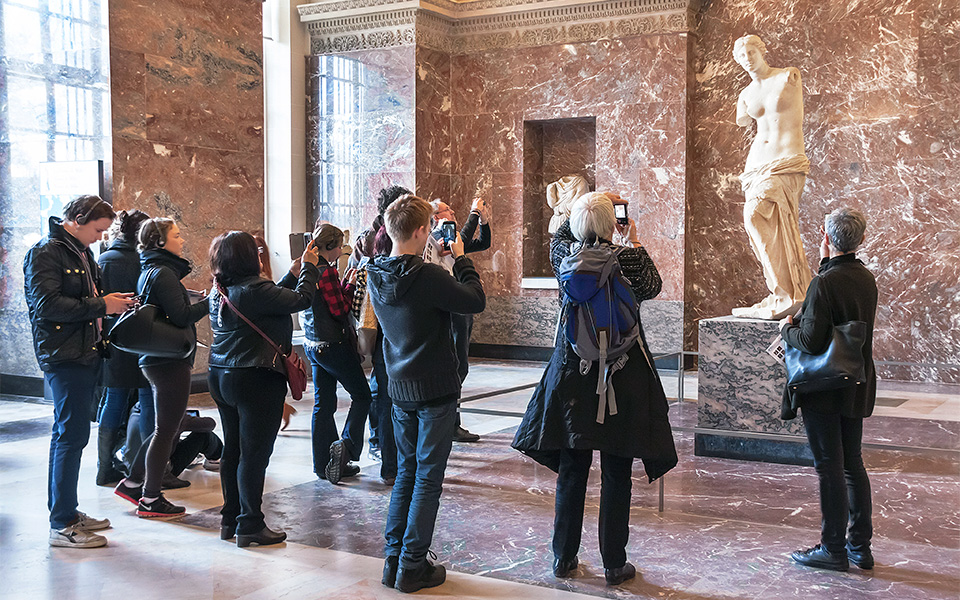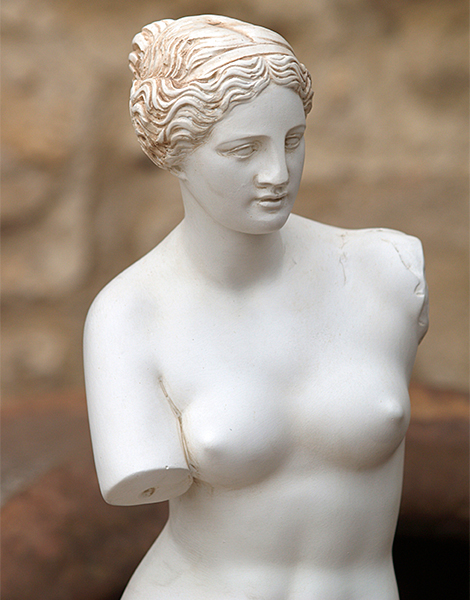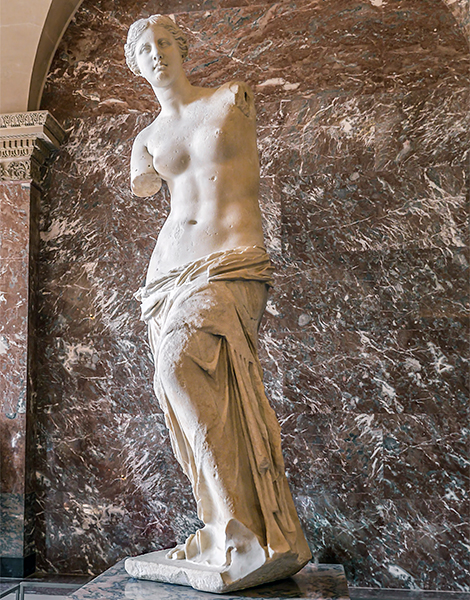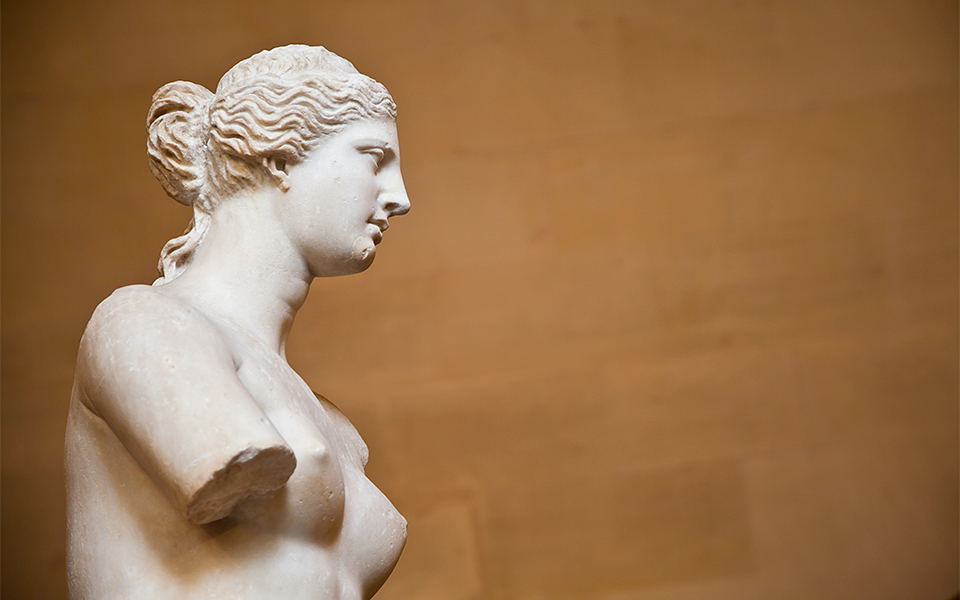A little over two years ago, the mayor of the island of Milos, Gerasimos Damoulakis, visited the Louvre Museum in Paris to see the Venus de Milo – the Aphrodite of Milos – up close. But upon entering, rather than asking for a ticket, he said: “I am the mayor of Milos. I do not accept that I should have to pay for a ticket as I came to see one and only one exhibit, the Aphrodite of Milos, which belongs to my island.”
After they’d received this sudden request, the museum’s operators held an impromptu meeting and decided to agree and invite the mayor and his entourage to enter for free. The doors of the museum opened and the Greek mission headed to the big hall which houses the famous statue. They sat for a while to look at it in awe and then left with the promise that one day they would not have to undertake such a long journey to admire it.

© Shutterstock
Gathering signatures
Two-and-a-half years later, the Milos mayor’s efforts to have the marble sculpture returned to the island have intensified. “The issue has tortured me for 15 years [a photograph of the statue can be seen on the municipality’s website], but now the time is ripe. We have now a documented legal position that states when the statue was taken from the island there was no business transaction, but there was an act of war.
“The statue was taken by a French naval officer and loaded onto a French warship. At that time, we were in a period of war,” says Damoulakis. He has already set up a bidding committee, which has taken on the request to collect a million signatures so that the matter can be taken up in the European Parliament. “Some on Milos thought I was joking, but I always meant what I said. Work has already begun on the restoration of an old girls’ school in Plaka, the capital of the island, where the Aphrodite’s permanent home will be.”

© Shutterstock

© Shutterstock
The sculpture, which symbolizes female beauty and femininity, is carved out of marble from Paros. It is 2.02 meters tall and weighs 900 kilos. It dates back to around 100 BC. It was unearthed by a farmer named Giorgos Kentrotas in 1820. The Aphrodite was in two pieces and her hands were missing. According to one interpretation, a French officer, Olivier Voutier, who was wintering in the port with the warship Estafette, realized the value of the statue.
He informed the French consul in Milos, who returned to buy it. News of this, however, got out and other potential buyers rushed to the island. The French appeared to bargain better with the Ottomans, and they ended up leaving with the valuable “commodity”.
On March 1, 1821, the French ambassador Charles Francois de Riffardeau, Marquis de Reviere, gave the statue to King Louis XVIII as a gift to be displayed in the Louvre, where it remains to this day.
*This article was first published by ekathimerini.com on 29/4/2017












